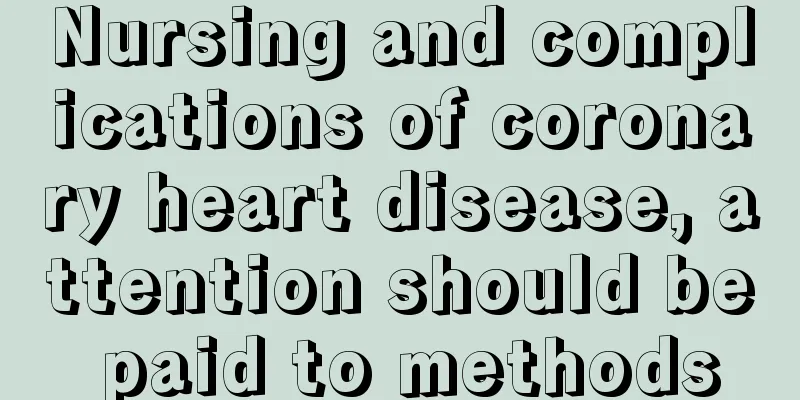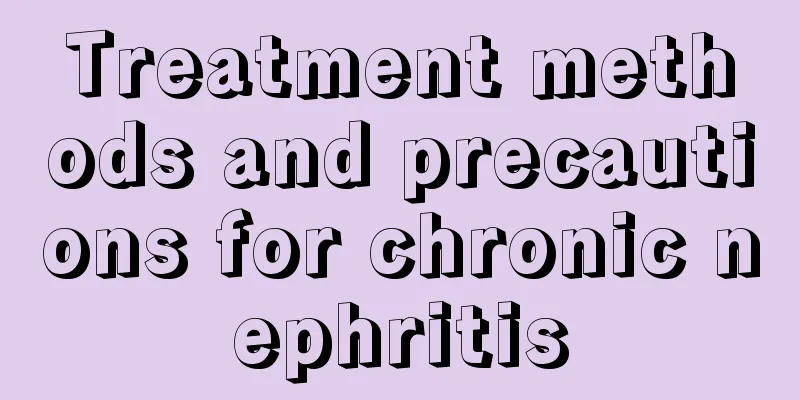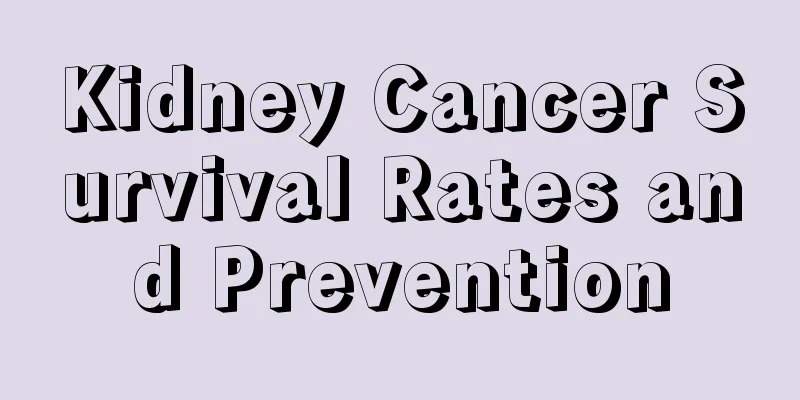Nursing and complications of coronary heart disease, attention should be paid to methods

|
Although coronary heart disease is a well-known and relatively familiar disease, not many people really understand it. Their knowledge is only superficial, and they don't know much about the symptoms and care of coronary heart disease, which can easily endanger our lives. But it doesn't matter if you don't know, let's learn about it together below. Complications of Coronary Heart Disease In our lives, I believe many of us know that many diseases have complications, and coronary heart disease also has complications. So what are the complications of coronary heart disease? Let’s take a look at them below. 1. Heart rupture It often occurs within 1 week of myocardial infarction, mostly due to rupture of the ventricular free wall, resulting in pericardial effusion, acute cardiac tamponade and sudden death. 2. Embolism It is caused by the detachment of thrombus attached to the left ventricle wall, leading to embolism of arteries such as the brain, kidneys, spleen, or limbs. 3. Ventricular aneurysm This symptom mainly occurs in the left ventricle, and when examined, it will be found that the left heart border becomes larger and the fluctuation range of the heart gradually increases. 4. Post-myocardial infarction syndrome It occurs within weeks to months after myocardial infarction and may recur, manifesting as pericarditis, pleurisy or pneumonia, with symptoms such as fever and chest pain. It may be an allergic reaction of the body to necrotic substances. 2. Nursing measures 1. When angina pectoris occurs, you must stay in bed and rest, be closely monitored, and keep the environment quiet. 2. Understand the patient's psychological state, eliminate negative emotions, avoid various inducements, and strengthen daily care. 3. When angina pectoris occurs, stop activity immediately and take nitroglycerin sublingually. Observe the adverse reactions of anti-anginal drugs. For example, the use of nitrites often causes symptoms of vasodilation such as headache, head swelling, flushing, and dizziness. People who are sensitive to this drug are prone to orthostatic hypotension. 4. Patients with coronary heart disease cannot smoke or drink. In terms of diet, they should pay attention to eating foods that are low in fat, low in cholesterol and high in vitamins. They should eat light foods and not eat too much at one time. 5. The room temperature should not be too cold or too hot, because cold and heat will increase the burden on the heart and make angina pectoris more likely to occur. 6. Give oxygen inhalation, 3-4 L/min. 7. After the pain stabilizes, you can do appropriate physical activities. |
<<: How to treat high urine protein, people need to pay attention
>>: Antimicrobial therapy is critical in the treatment of pediatric sepsis
Recommend
How to preserve shallots effectively
Scallions are also a kind of onion. Scallions are...
How long does it take to defecate after inserting the enema
Suppositories have a good therapeutic effect on s...
These four types of stomachaches must not be rubbed
In life, many people like to rub their stomachs w...
What are the first aid methods for burns and scalds?
People have encountered burns and scalds in their...
Early symptoms of cervical cancer can occur in women of any age
Clinically, the early symptoms of cervical cancer...
What are the symptoms of colorectal cancer
In daily life, people are familiar with colorecta...
Can rhinitis caused by lung cancer be cured?
Can rhinitis caused by lung cancer be cured? Rhin...
How to treat breast cancer? What are the most common symptoms?
Among benign breast tumors, breast lumps are not ...
Can Kalanchoe be placed in the bedroom?
Kalanchoe is a plant with very beautiful flowers,...
How to treat tibial artery flexion
Generally speaking, patients with varicose veins ...
Symptoms of tongue tie inflammation
The tongue is a tissue that looks simple but is a...
How to choose pig's trotters
Pig's trotters are a very important food in o...
Can the double eyelids become narrower after being cut wider?
Double eyelids are the eye shape that most people...
What are the advantages and disadvantages of winter swimming
Modern people are paying more and more attention ...
When it comes to knee care, people often make three mistakes! Don't say you did everything right
After entering middle age, many people often go h...









